Correspondence of Joseph Justus Scaliger Published
Tags: Droz, Editions, History of Scholarship, History of Science, Joseph Justus Scaliger, Religion, Sixteenth Century
The Correspendence of Joseph Justus Scaliger (8 volumes) has just been published by Droz. Edited by Paul Botley and Dirk van Miert, with supervision, advice, and coordination from Henk Jan de Jonge, Anthony Grafton, and Jill Kraye, the simultaneous appearance of all eight volumes of this major early modern corpus represents one of the most impressive scholarly achievements of modern times (work on Scaliger’s correspondence only started in earnest in 2004).
The critical edition contains nearly 1,700 letters sent to or by the French polymath, all of which are presented alongside a complete scholarly apparatus as well as English synopses. Scaliger’s correspondents include such luminaries as Dominicus Baudius, Tycho Brahe, Isaac Casaubon, the Dousa and Dupuy families, Daniel Heinsius, Johannes Kepler, Justus Lipsius, Claudius Salmasius, Jacques-Auguste de Thou, Marcus Welser, and Joannes Woverius. The edition was supported by the Andrew W. Mellon Foundation and (via Anthony Grafton’s Balzan Prize) the Balzan Foundation, with additional contributions from London’s Warburg Institute, the Scaliger Institute of the University of Leiden, and a number of Dutch societies and foundations.

No let-up in the pace: editors at work
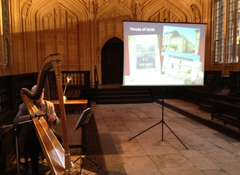
The scene is set for the reception
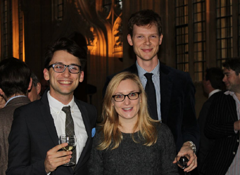
The next generation of edition-makers
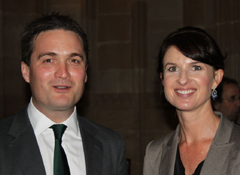
Rhodri Lewis and Sarah Rivett
This major publishing event was celebrated at the second of two publisher-sponsored drinks receptions at our latest conference Communities of Knowledge: Epistolary Cultures in the Early Modern World (20-22 September, 2012). Nearly one hundred delegates and guests assembled in the Bodleian Library’s magnificent Divinity School to toast the launch, where they were treated to wine, cocktail snacks, music from professional harpist Stephen Dunstone, ‘The Path to Scaliger: An Intellectual Journey’ (an animated presentation created especially for the occasion by Dirk), and speeches from Anthony Grafton and Max Engammare, Director of Droz. In related news, metadata from the edition is currently being prepared for inclusion in our union catalogue Early Modern Letters Online, while Dirk and Paul can be heard discussing the Scaliger corpus in their joint contribution to our 2010 seminar series.

Jan Loop, Noel Malcolm, and Dirk
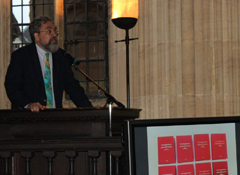
Anthony Grafton’s address

Not pictured: four more volumes
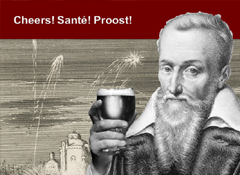
Scaliger raises a glass



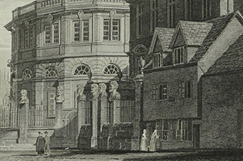
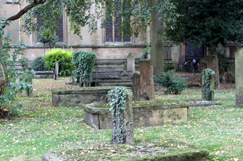
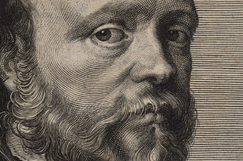
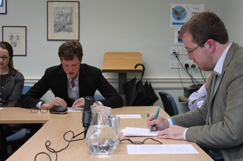

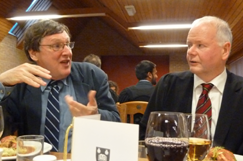
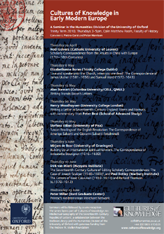
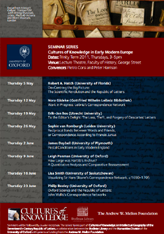
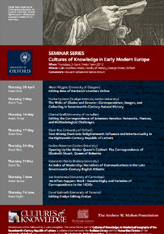

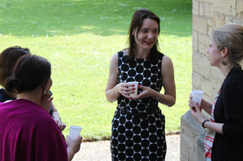
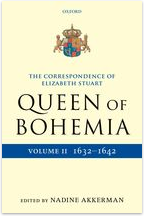

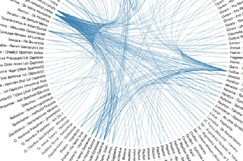



 Join
Join 